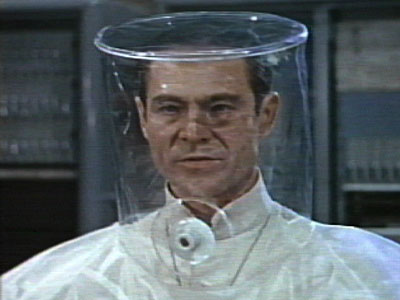Panhandler wrote:I wonder, though, if you're in an oxygen-rich atmosphere, if the desaturations from apneas would be significantly less. Maybe someone here has experience with hyperbaric chambers.
Kimoff et al ran an interesting study back in 1994. In this study, they were looking at whether apneas were terminated by chemical stimuli i.e. hypoxia and hypercapnia or mechanical stimuli i.e. diaphragm activity. In separate trials, they administered either oxygen or CO2 and measured the diaphragmatic tension-time index (TTdi index of diaphragm activity). They found:
1) O2 administration produced a significant increase in end-apneic arterial oxygen saturation (SaO2) and increased apnea duration
2) CO2 administration led to an increase in pre- and postapneic end-tidal carbon dioxide pressure (PETCO2), and tended to shorten apneas
3)However, the mean value for maximal end-apneic TTdi was 0.12 +/- 0.01 (SEM) during room air breathing and was unaltered by O2 (0.12 +/- 0.01) or CO2 (0.11 +/- 0.01) administration
The last part is important as it suggests that apnea termination is brought about by mechanoreceptors and not via chemoreceptors.
So O2 administration prevents desats but apneas last longer.
Another earlier study also concluded that mechanorecptors are involved in triggering an arousal.
The influence of increasing ventilatory effort on arousal from sleep.Gleeson K, Zwillich CW, White DP.
Department of Medicine, Milton S. Hershey Medical Center, Hershey, Pennsylvania 17033.
Arousal from sleep in response to asphyxia can be a lifesaving event. However, the mechanisms responsible for this important arousal response are uncertain. A unifying hypothesis is that arousal results from the increased respiratory effort that occurs as a result of ventilatory stimulation. If this is true, the magnitude of this effort during the breaths immediately preceding arousal from sleep should be similar regardless of the stimulus. Therefore, the negative inspiratory pleural pressure during the breaths preceding arousal would be similar, whether stimulated by added inspiratory resistive load, hypoxia, or hypercapnia. To test this hypothesis, we studied eight young, healthy men during full-night sleep studies. We measured their electroencephalography (EEG), electromyography (EMG), electrooculography (EOG), inspired ventilation (VI), end tidal PCO2 (PETCO2), O2 saturation, and esophageal pressure (esophageal balloon) while inducing arousal from non-REM sleep using (1) a 30-cm H2O/L/s added resistive load, (2) progressive hypoxia, and (3) progressive hyperoxic hypercapnia. All subjects were eventually aroused following the addition of the 30-cm H2O/L/s added load and during progressive hypercapnia. However, only six of the eight men were aroused when the O2 saturation was reduced to a minimum of 70%. For each stimulus, arousal occurred at very different levels of ventilation and arterial chemistry (SaO2 and CO2). However, ventilatory effort for each subject was similar at the point of arousal regardless of the stimulus. The peak-negative esophageal pressure for the single inspiration preceding arousal (for the six subjects arousing with all three stimuli) was 16.8 +/- 1.4 cm H2O for added resistive load, 15.0 +/- 2.4 cm H2O for hypoxia, and 14.7 +/- 2.1 cm H2O for hypercapnia. We conclude that increasing ventilatory effort may be the stimulus to arousal from sleep independent of the source of this rising drive to breathe.
_________________
CPAPopedia Keywords Contained In This Post (Click For Definition):
Arousal
_________________
CPAPopedia Keywords Contained In This Post (Click For Definition):
Arousal










